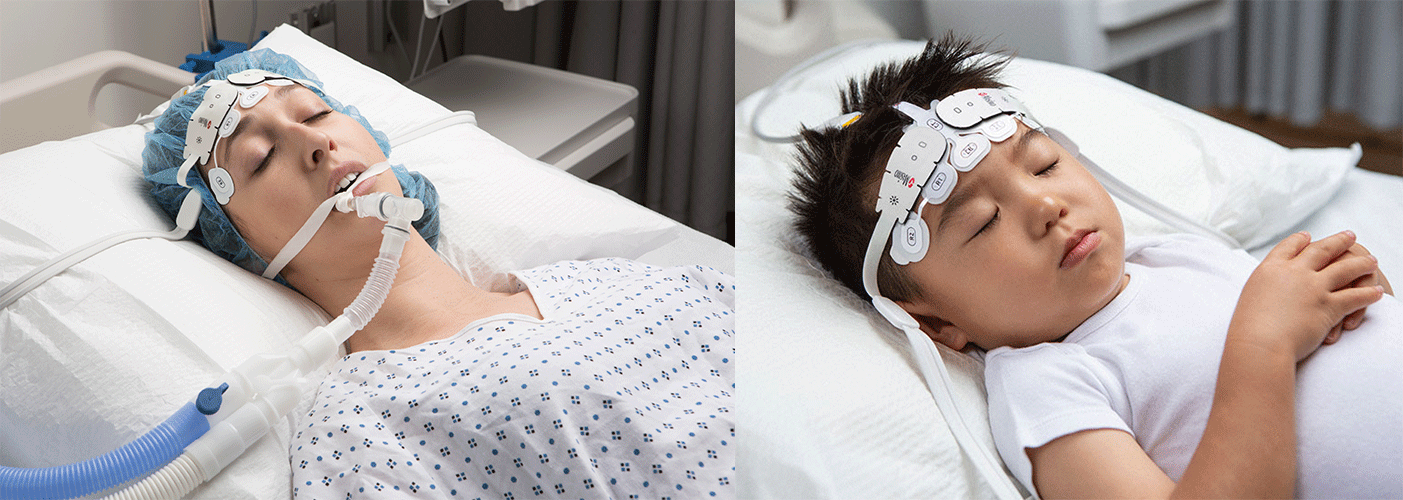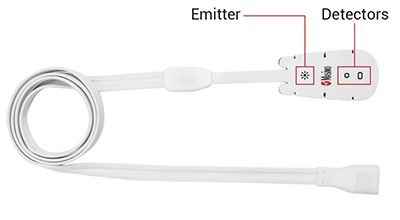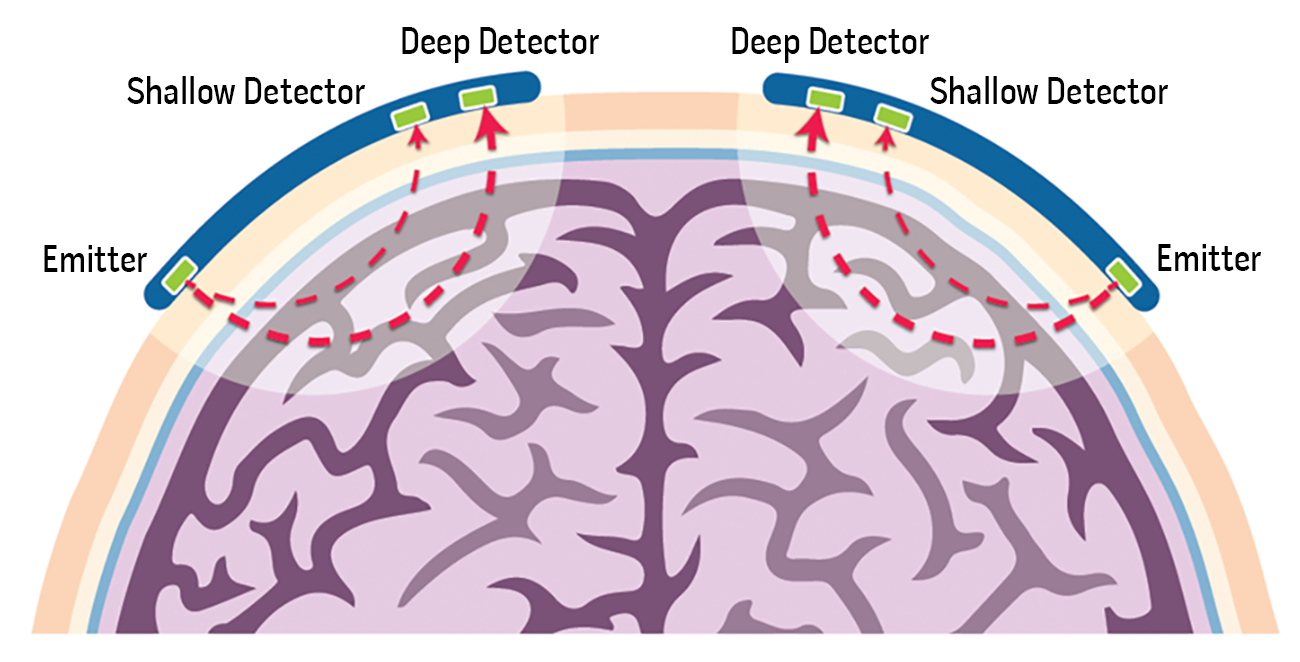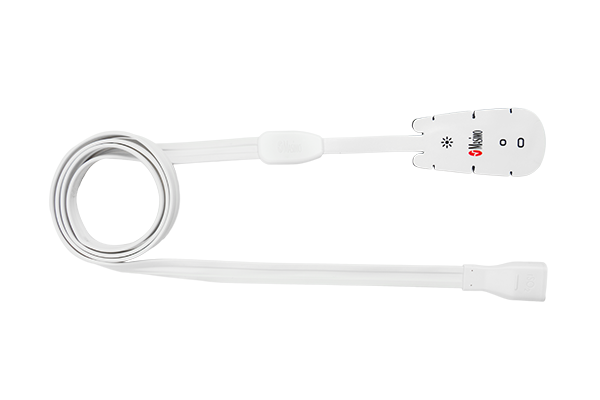Home / Sensors, Cables, & Cannulas / Brain Monitoring Sensors
Brain Monitoring Sensors
Brain Monitoring Sensors
Brain Monitoring Sensors
SedLine® Brain Function Monitoring and O3® Regional Oximetry provide a more complete picture of the brain and are available together on the Root® platform.
Available Together for Simultaneous Use on the Root Platform
SedLine brain function monitoring helps clinicians monitor the state of the brain under anesthesia with bilateral data acquisition and processing of EEG signals that may help clinicians with anesthetic management. O3 regional oximetry helps clinicians monitor cerebral oxygenation in situations where pulse oximetry alone may not be fully indicative of the oxygen in the brain.

RD SedLine EEG Sensor
- Available for use on adult and pediatric patients (one year old and above)
- Quick and simple application, with pre-filled gel electrodes and color-coded sensor-cable connections
- Soft foam pads to improve patient comfort upon application
- Allows simultaneous application of RD SedLine and O3 sensors
O3 Regional Oximetry Sensor
- Available for use on adult, pediatric, infant, and neonatal patients
- Patient-conforming sensor shape facilitates proper adhesion for optimal function
- Allows simultaneous application of SedLine and O3 sensors when monitoring adult and pediatric patients

Each O3 sensor contains a common emitter and two detectors at different distances relative to the emitter.

Schematic of an example of a regional oximeter sensor measuring deep tissue oxygenation.
Components of the Regional Oximetry System
The detectors are often known as the shallow detector, which is closer to the emitter and receives the optical signal that travels through relatively superficial (shallow) tissue, and the deep detector, which is farther from the emitter and receives the optical signal that travels deeper into tissue, in addition to passing through superficial layers. Deep tissue oxygenation is calculated by subtracting the effects of shallow tissue from those of deep tissue by manipulating the signals received by the two detectors on each sensor.
Sensors and Cables Solutions
Explore Brain Monitoring Sensors and Cables
RESOURCES
Caution: Federal (USA) law restricts this device to sale by or on the order of a physician. See instructions for use for full prescribing information, including indications, contraindications, warnings, and precautions.
PLCO-005797/PLM-11084F-0522

